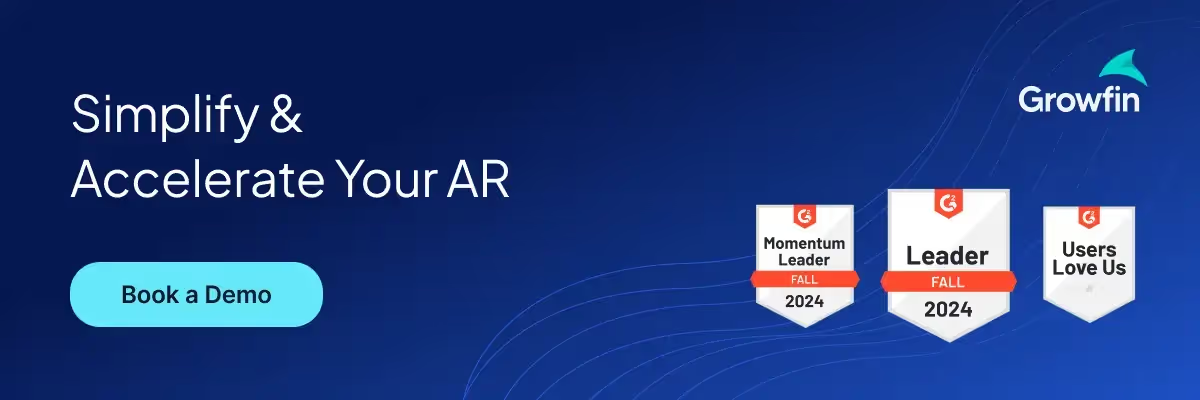📌 Disputes that go unresolved or unnoticed can quickly pile up and impact customer relationships, cash flow, and reporting accuracy. To avoid this, businesses must create a centralized system for dispute management.
Oracle NetSuite ERP offers tools to help you streamline visibility into open disputes, assign ownership, and ensure faster resolution. When paired with integrations and AI-powered capabilities, NetSuite becomes a strong foundation for managing dispute workflows at scale.
Here’s a step-by-step guide to improve dispute visibility and accountability using NetSuite.
Dispute Visibility & Resolution in NetSuite
Step 1: Establish Centralized Dispute Management
- Dedicated Process:
Define and standardize a process within NetSuite for logging, reviewing, and resolving disputes from initiation to closure. - Task Management:
Assign ownership of disputes to specific team members. Go to Lists > Employees > Employee Records. Use custom task fields or workflows to route each dispute to the correct AR owner, as recommended by Finsmart Accounting. - Documentation Storage:
Store dispute-related communications, attachments, and evidence within the related customer or transaction record in NetSuite for easy access. - Status Monitoring:
Add a custom field for dispute status (e.g., Open, In Progress, Resolved). Update status dynamically using workflows or user input to track progress in real time.
Step 2: Leverage Integrations and Automation
- Integrated Systems:
Connect NetSuite with your CRM, helpdesk, or inventory management tools for a 360° view of the customer and transaction lifecycle. - AI Capabilities:
Enable AI-based anomaly detection and document recognition tools (supported by NetSuite or 3rd-party SuiteApps) to flag potential disputes before they escalate. - Streamlined Communication:
Use automated notifications, reminders, and vendor/customer portals to keep stakeholders informed about dispute updates and resolution milestones.
Step 3: Enable Reporting and Real-Time Analytics
- Customizable Dashboards:
Go to Reports > Saved Searches > New > Transaction. Add filters for “Dispute Status,” “Dispute Reason,” and “Owner” to track KPIs like:- Average resolution time
- Open disputes by customer
- Volume by dispute reason
- Average resolution time
- Advanced Analytics:
Use SuiteAnalytics or external BI tools to analyze dispute trends and identify recurring root causes, allowing you to fix systemic issues.
Step 4: Unlock Key Features That Improve Visibility
- 3-Way PO Matching:
Reduce disputes due to receiving or billing mismatches by optimizing the 3-way matching process PO, receipt, and invoice, says Stampli. - Customer Self-Service Portal:
Use a customer portal (e.g., via Growfin) to let customers log disputes, check status, and upload supporting documents—without manual back-and-forth. - Automated Alerts:
Create workflows to trigger internal notifications for key milestones:
- New dispute logged
- Dispute unresolved after X days
- Resolution deadline approaching
- New dispute logged
Pro tip: Growfin’s NetSuite integration boosts visibility into disputes by surfacing them in a centralized collections inbox, auto-assigning owners, and tracking resolution milestones without the need for manual follow-ups.



.png)
.webp)


.webp)













.webp)







.webp)
.webp)
.webp)
.webp)